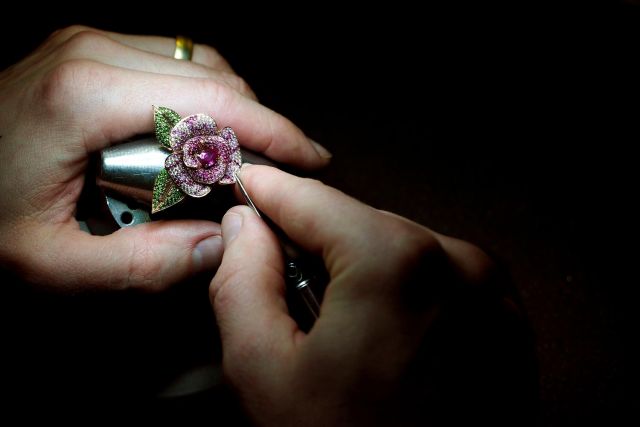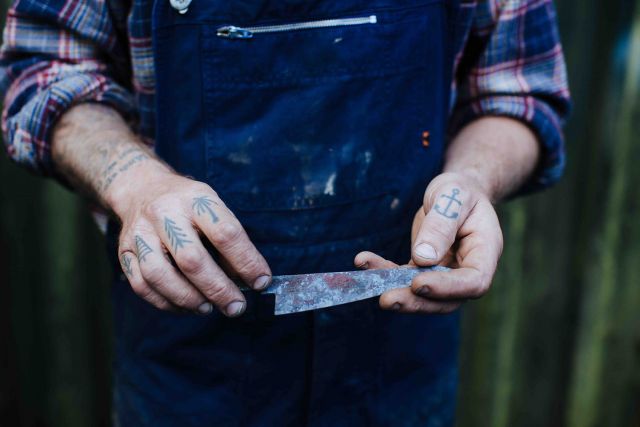This is an organic shaped form, created in cream coloured paper-clay, unglazed. It is round with a small opening and finished with copper carbonate which gives the surface a dappled finish. It was hand-built and inspired by the image of a poppy seed under the microscope.

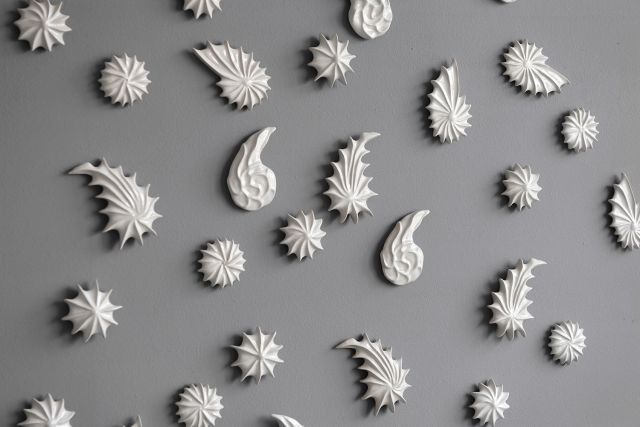

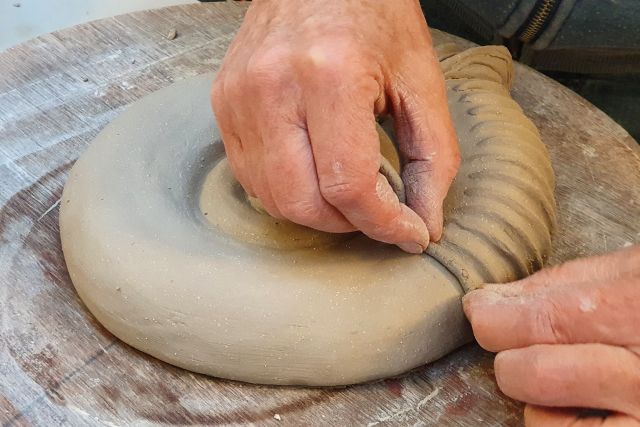
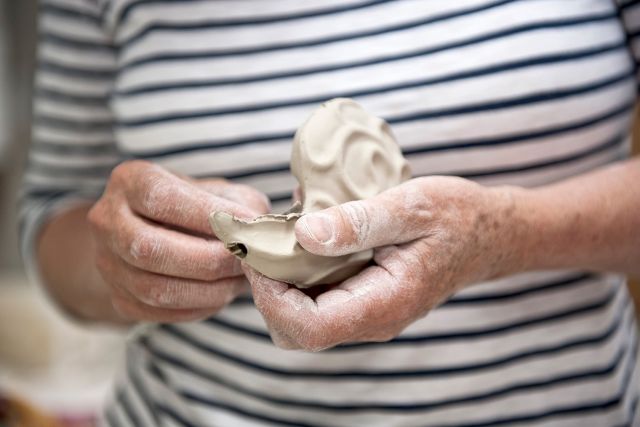
Jane Jermyn
- Ceramicist
- Lismore, Ireland
By appointment only
+353 872187962
In the language of clay
- • Jane has travelled extensively to develop her craft
- • Her work is distinguished by texture and form
- • Nature is her consent muse
Jane Jermyn began studying ceramics in her forties. She had always wanted to work with the material but started her artistic pathway in textiles. Her work today is organic and heavily textured, drawing inspiration from the natural world. Jane uses experimental techniques and multiple firings to build up surfaces which are reminiscent of the elements in nature, often echoing geological formations. Creative and cultural exchange are a cornerstone of her practice and she has taken part in symposia, residencies and workshops across the world, including in Siberia, Cuba, Japan, South Korea, Europe, South Africa, Australia and many times in India. Jane embraces how clay allows her to connect with others who speak "different ‘dialects’ of the same language – clay."
Read the full interviewWorks
Photo: ©Tom Murphy

Photo: ©Tom Murphy
This is a form which echoes a star or sea-urchin shape, created in paper-clay which is unglazed. The piece is finished with copper carbonate, creating a natural textured finish. The form was inspired by drawings by Ernst Haeckel.

Photo: ©Tom Murphy
This is a round concave form in unglazed paper-clay. The ridges and inside of the form are finished with copper carbonate, giving a natural looking finish. The piece was hand-built.

Photo: ©Tom Murphy
This is a pebble shaped form, with a central rope-like detail. The piece looks like it has lichen attached to the surface. It was made in unglazed paper-clay and finished with copper carbonate.

Photo: ©Tom Murphy
These three cream-coloured paper-clay forms echo forms found in nature. They are organic and have small holes across the top surface. They were hand-built and fired using an ancient traditional firing method called obvara, from Eastern Europe.






